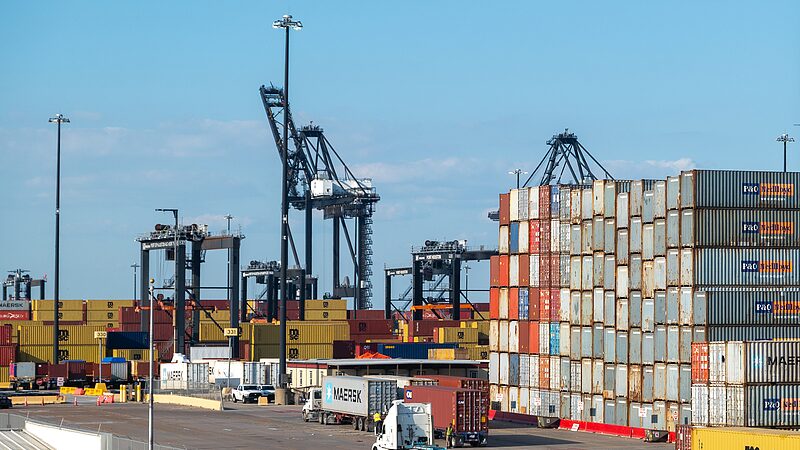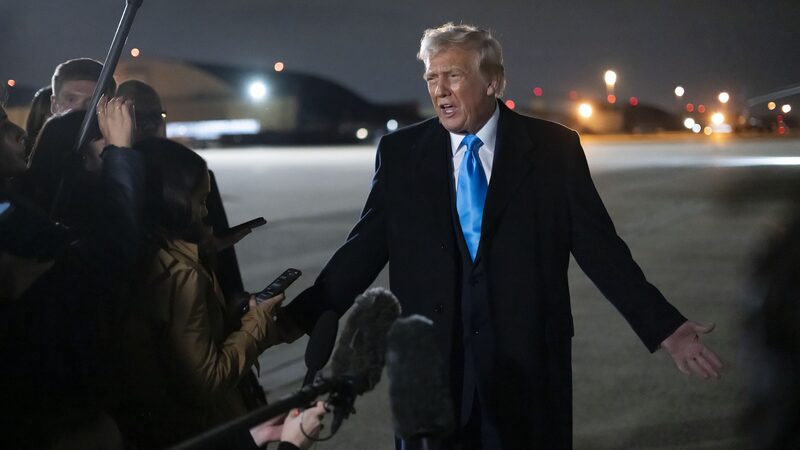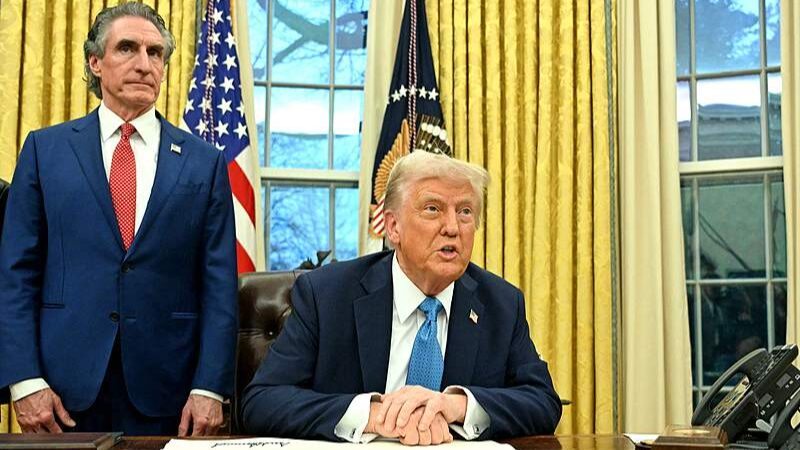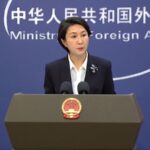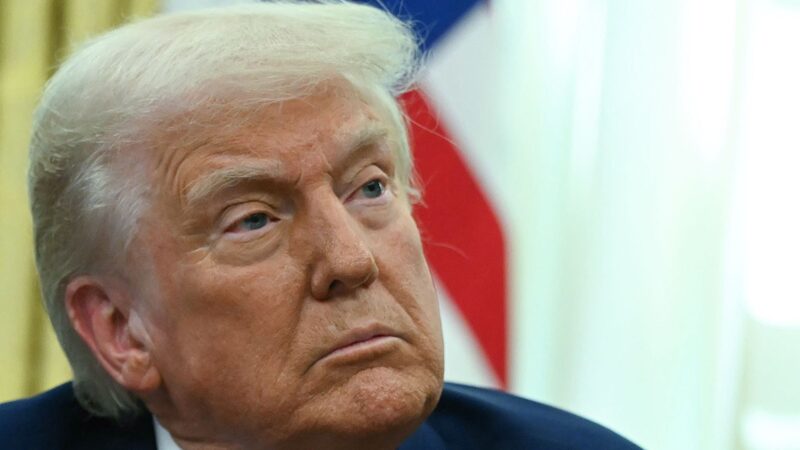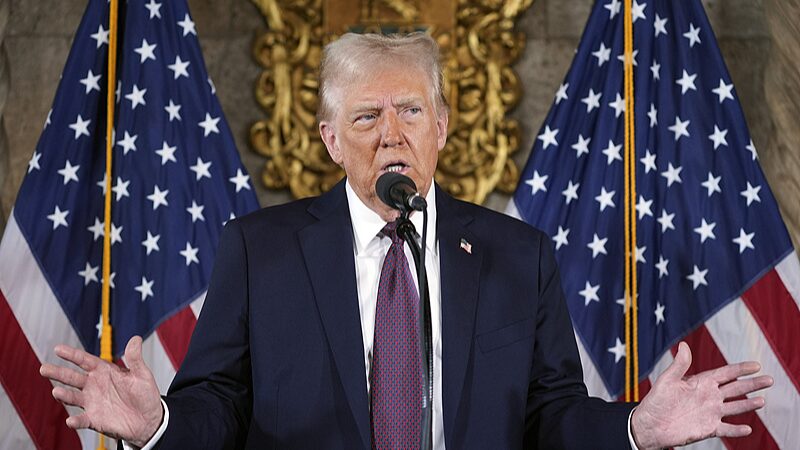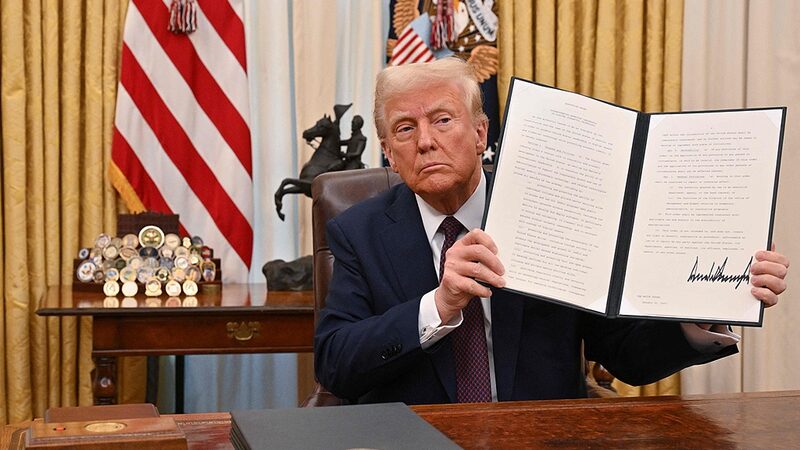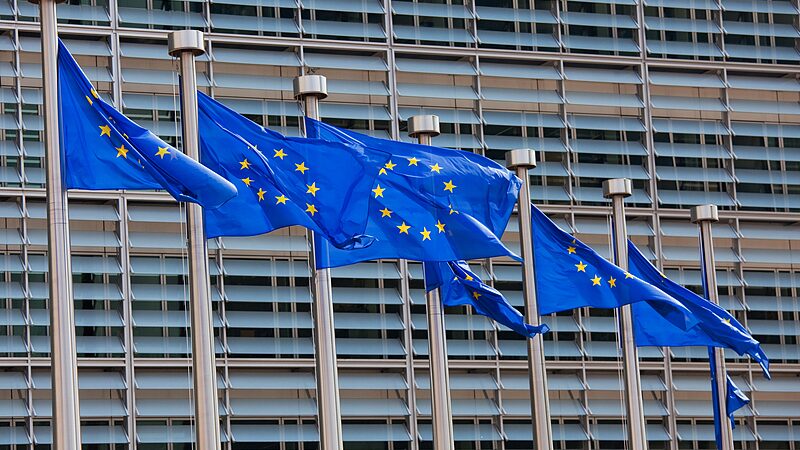In a significant escalation of trade tensions, U.S. President Donald Trump signed an executive order on Saturday imposing a 10 percent tariff on goods imported from China. The latest protectionist measure by the United States has drawn widespread opposition both domestically and internationally.
According to the White House, the 10 percent tariff applies to all imports from China, in addition to existing tariffs. President Trump stated that these tariffs align with his administration's embrace of protectionist policies intended to bolster the U.S. economy.
Chinese Foreign Ministry spokesperson Mao Ning emphasized that China has always maintained that there are no winners in a trade war or tariff war. \"China remains steadfast in safeguarding its national interests,\" Mao said. He Yadong, spokesperson for the Ministry of Commerce, reiterated China's consistent position on the tariff issue, stating that such measures are not conducive to the interests of either China or the United States, nor to the rest of the world.
The executive order also imposes a 25 percent tariff on goods from Mexico and Canada, with a 10 percent tariff specifically on energy products from Canada. These moves have raised concerns among global business leaders, economists, and policymakers about the potential impact on international trade and economic stability.
Analysts fear that the new tariffs could lead to increased costs for consumers and businesses, disrupt global supply chains, and trigger retaliatory measures from affected countries. The escalation comes at a time when global economies are striving to recover from recent downturns, adding uncertainty to an already volatile economic landscape.
As the situation develops, stakeholders around the world are closely monitoring the responses from China's government and international trade organizations. Many hope for a return to dialogue and negotiation to resolve trade disputes and promote mutually beneficial economic relations.
Reference(s):
cgtn.com
